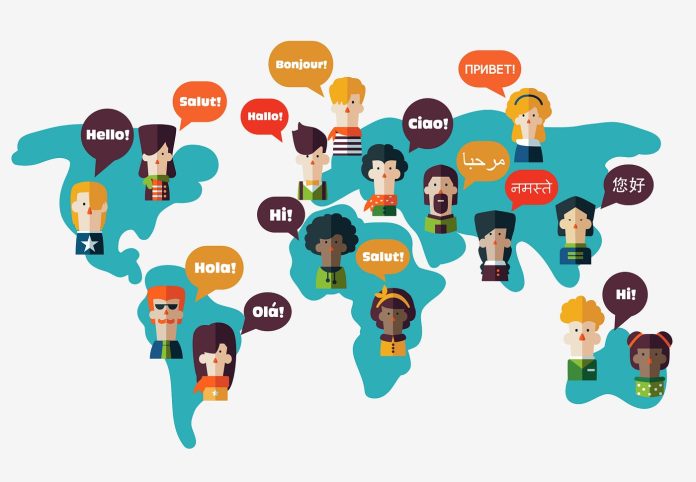Over the years, education has been a pillar of society, influencing minds and destinies. Today, its purpose has extended towards shaping global citizens as well as individual brains. This progress is motivated by the understanding that the entire world is more closely interconnected than ever. Comprehending the world as a whole needs to go deeper than surface-level information. One such way is to include global education in the curriculum that aims to give a complete perspective on everything from climate issues to cultural nuances. It is about educating students not only for tests but also for the problems and possibilities that a globalised world presents. Moreover, as the educational environment evolves, developing global citizens becomes increasingly important across all educational areas. Let’s explore the reasons explaining the necessity of encouraging global citizens as a key part of education:
Coexistence: In an increasingly varied world, understanding cultural differences is essential for peaceful coexistence. Global education helps students acquire empathy and analytical skills, enabling them to see the world from new perspectives and promoting collaboration over disputes.
Complex world issues: Humans confront interrelated difficulties, ranging from climate change to global health issues. Students can obtain a better grasp of these difficulties and potential solutions by adopting a global mindset.
Future Preparation: The job market continues to become increasingly global. Students benefit greatly from having multicultural communication skills and the capacity to work effectively in different teams.
Positive Change: Global education motivates students to actively participate in their local and global communities. It instils a feeling of responsibility in them and equips them to be ambassadors of positive change.
Strategies to cultivate global citizens in classrooms
Considering the benefits of including cultural exchange programs in education, it becomes critical for universities or other educational institutions to analyse how they can do so. Here’s a look at some of the strategies that they can incorporate:
Utilise Technology: Educators can use technology to connect students with their peers from different nations. Virtual classroom collaborations and language exchange programmes can assist in building meaningful interactions.
Comprehend Diversity: To create a culturally varied atmosphere for students, universities can consider adding multicultural literature, conducting debates on global events, and highlighting projects that celebrate other cultures.
Service-based projects: Educators can engage students in service-based projects that help address global concerns. This will help them to explore the power of their actions from a wider perspective.
Digital Assessments: In today’s digital world, online assessments provide a diverse and comprehensive method for evaluating students’ understanding of global citizenship ideas. To evaluate students’ capacity to apply global ideas in practical contexts, these assessments may incorporate multimedia components, practical scenario analysis, and cross-cultural communication activities. Using tests like these, educators may accurately measure students’ readiness to connect with other groups and contribute meaningfully to a globalised society.
With these aforementioned strategies and by cultivating global citizens through education, educators can prepare students to thrive in this complicated yet interconnected world. Furthermore, by fostering empathy, cultural understanding, and collaboration across borders, education can empower students to become responsible citizens who contribute effectively to the world around them.






























